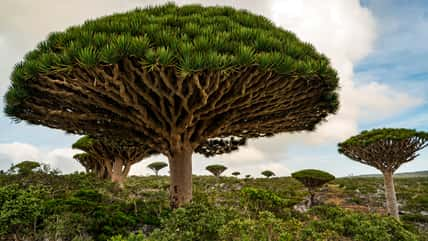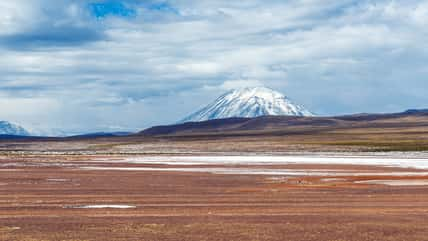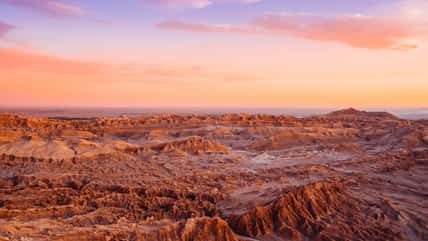New Research Revealed That An Ancient Skeleton Buried At The Palace Of Hernán Cortés In Mexico, Which Was Long Believed To Have Been The Remains Of A Spanish Monk, Actually Belonged To An Indigenous Woman
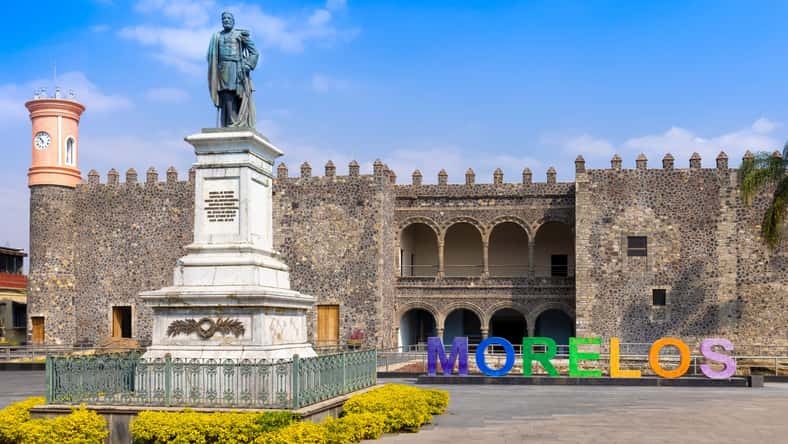
At the palace of Hernán Cortés—the Spanish conquistador who led an expedition that brought down the Aztec Empire—the public is able to view a burial located at the entrance.
The identity of the skeleton within the burial has long been attributed to a Spanish monk. However, a recent study has revealed that the remains actually belong to a middle-aged Indigenous woman.
The Palace of Cortés is in Cuernavaca, Mexico, and was built between 1523 and 1528. It now serves as a museum with two floors of exhibits that highlight Mexican culture and history.
In 2017, a strong earthquake with a magnitude of 7.1 struck Mexico City and the Mexican states of Puebla and Morelos. Thousands of people were injured, and many buildings collapsed, including the Palace of Cortés.
The structure suffered severe damages that required extensive repair work, which was finally completed in 2023. During the restorations, researchers took the opportunity to survey all the artifacts within the museum, and among them was the open burial.
The burial was originally excavated in 1971 but was left in place with a label that referred to the body as the Spanish monk Juan Leyva, who served the Marchioness Juana de Zúñiga y Arellano, wife of Hernán Cortés.
The researchers came to this conclusion after they found an ancient Franciscan manuscript from the 16th century that relayed the story of how Leyva slept with his head nestled in a hole in the wall. The manuscript also stated that he was eventually buried next to the gate of the old building.
After archaeologists observed that the neck vertebrae in the burial had some issues, they connected the dots, realizing that the skeleton must belong to Leyva.
However, other aspects of the burial did not exactly line up with the idea that a Spanish monk was laid to rest there. For instance, the body was discovered in the fetal position. So, the burial was re-analyzed, and on January 18, the National Institute of Anthropology and History (INAH) in Mexico announced that the burial contained the remains of an Indigenous woman rather than a Spanish monk.
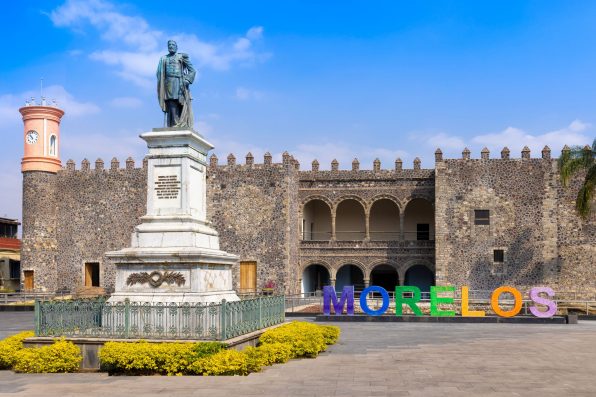
eskystudio – stock.adobe.com – illustrative purposes only
According to anthropologists from the INAH, Pablo Neptalí Monterroso Rivas and Isabel Bertha Garza Gómez, the skull and pelvis indicated that the individual was female. At the time of her death, she was around 30 to 40 years old.
They did not find the problems with the neck vertebrae that previous researchers did, but they noted that there was some flattening on the back of the woman’s head. The combination of cranial flattening and a fetal-like posture pointed to signs of Indigenous origin.
So, how did she end up in the Palace of Cortés? In 1150, centuries before Cortés landed in Mexico, the region was occupied by an Aztec group called the Tlahuica. They built a city called Cuauhnáhuac, which is now modern-day Cuernavaca.
The city was rich, prosperous, and filled with people by the time Cortés arrived. The Spanish ransacked the city in 1521, burning the Aztec’s tax collection house down and replacing it with a palace dedicated to Cortés.
It is believed that the Tlahuica woman was buried between 1500 and 1521, a period that occurred just before the city fell to Spanish invasions.
The burial was less like a traditional one and more like a series of ritual practices that might have included sacrifices.
A handful of bones were also unearthed alongside the Tlahuica woman’s. They were associated with an infant and a child.
It is unclear whether the children were related, but a DNA study could help clarify their relationship.
Sign up for Chip Chick’s newsletter and get stories like this delivered to your inbox.
More About:News



